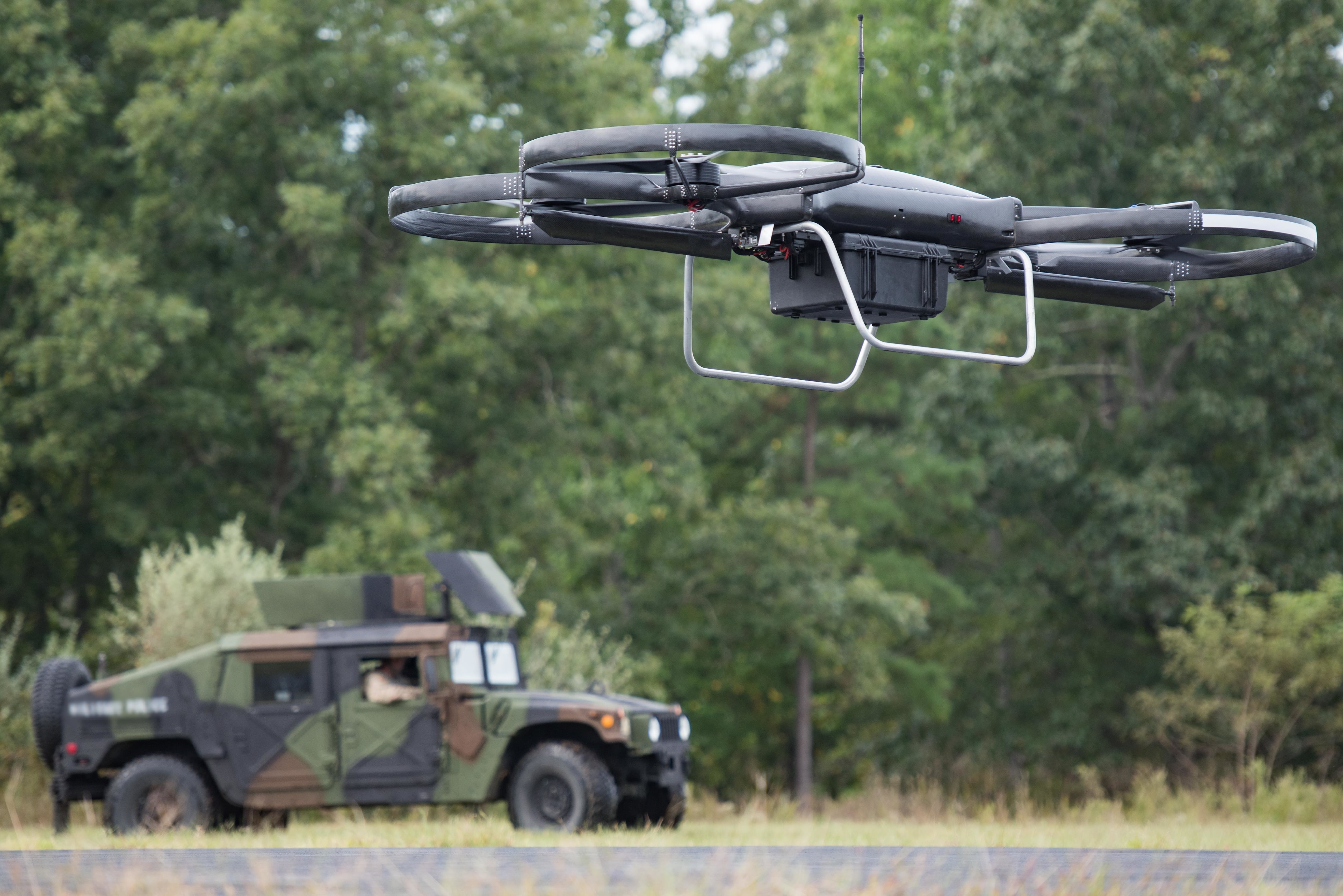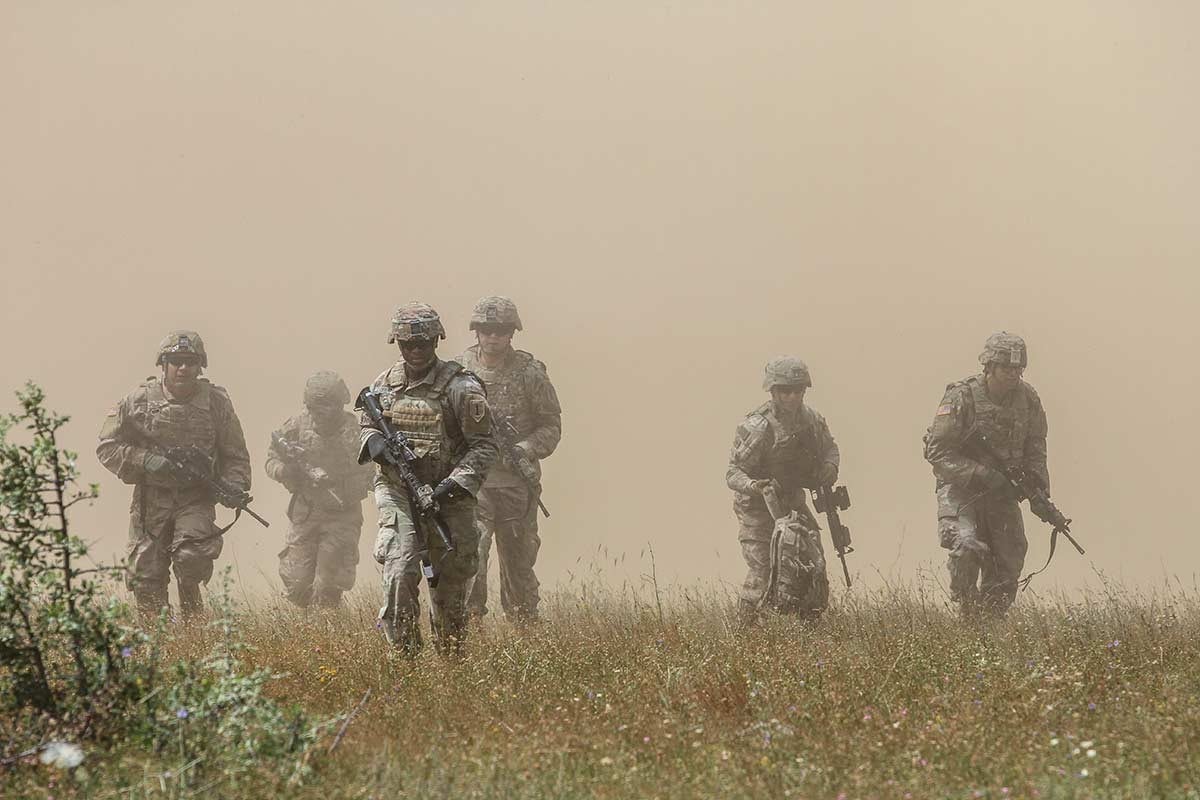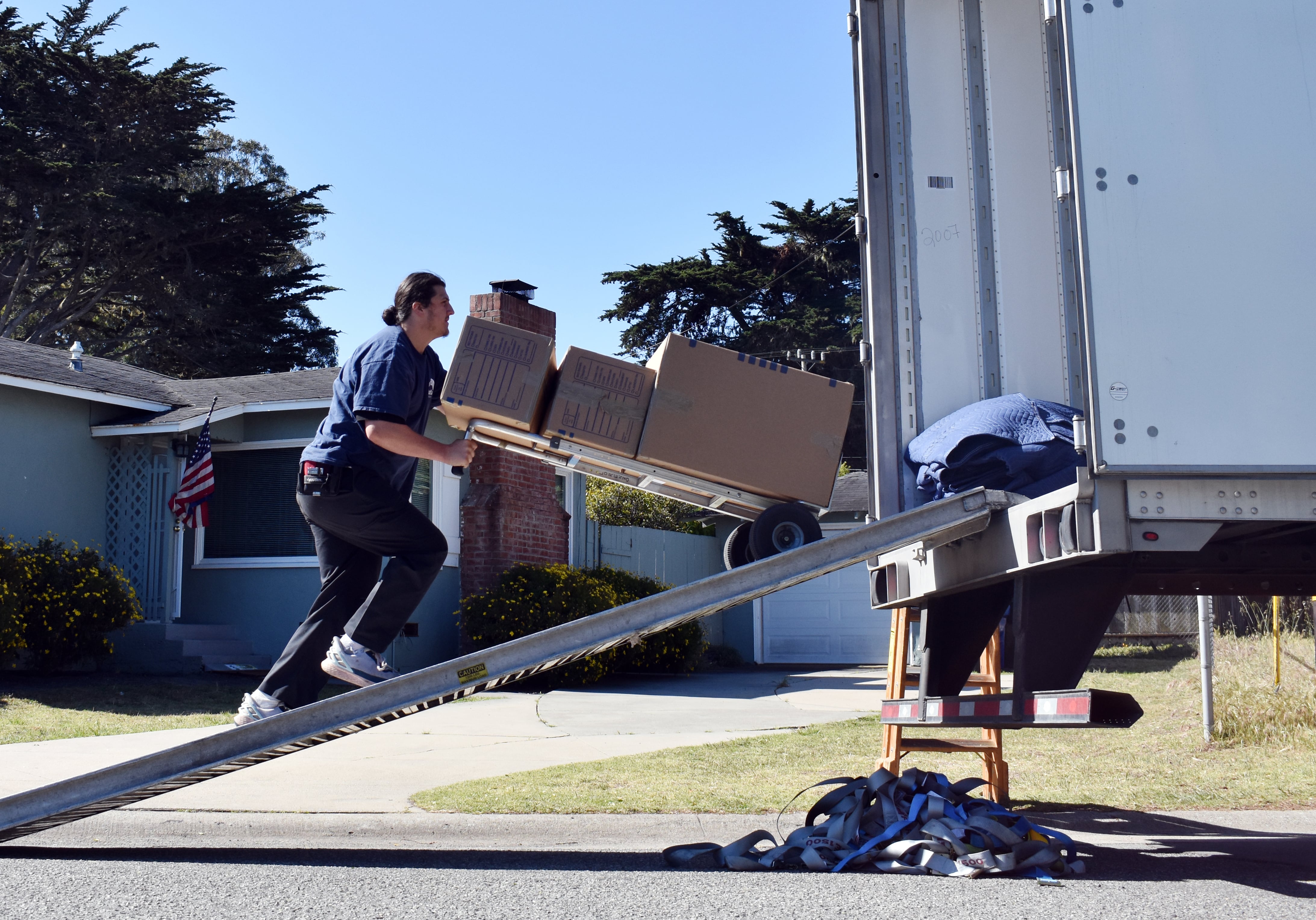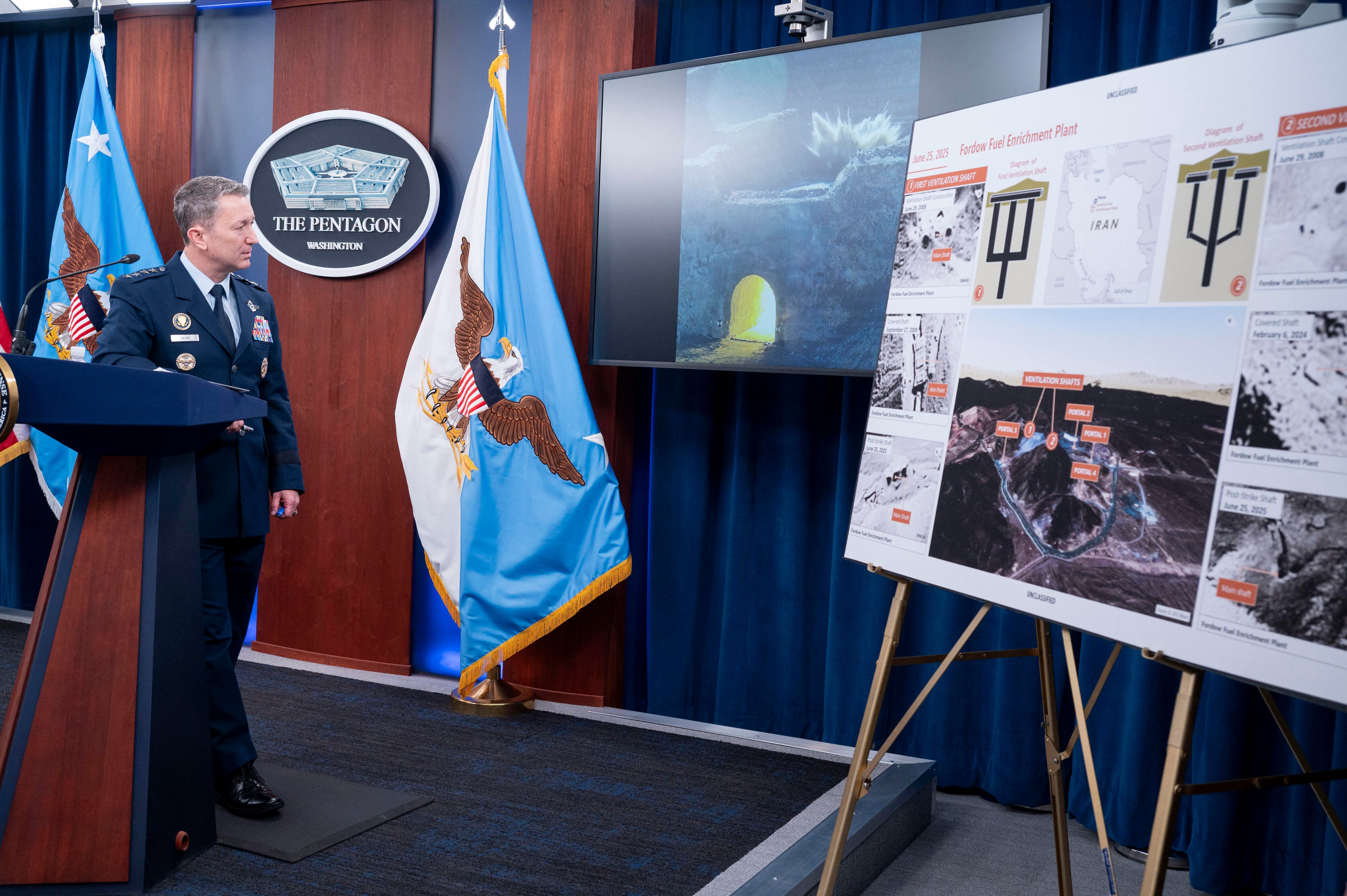A not-yet-revealed infantry unit in the XVIII Airborne Corps will be the first to experiment with autonomous drone resupply starting next year.
The unit will run its resupply and logistics during force-on-force experimentation during the annual Army Expeditionary Warrior Experiment, said Col. Alexis Rivera Espada, head of the service’s Maneuver Battle Lab.
The Army has recently evaluated three types of unmanned systems for the chore of hauling gear, food and water to widely dispersed infantry units. Those include a small helicopter type drone that can carry up to 70 pounds and requires a manual load and unload.
RELATED

The second caries either 80 or 120 pounds, depending on the variant, and operates as a hybrid helicopter and fixed wing device that can deliver its payload via a speed bag remote drop.
The third option can carry 110 pounds via a cargo net and can also do remote drops.
Espada laid out the experiment details Thursday during the National Defense Industrial Association’s Armaments, Robotics and Ammunition annual event.
The work, if successful, carries many potential advantages.
Army leaders are looking to unmanned resupply to “extend tactical operation without pausing operations,” Espada shared.
It would also allow commanders to tailor combat loads.
Both maneuver and sustainment elements are participating, along with elements from the Marine Corps. An Airborne Corps infantry unit will use an undisclosed number of quadcopters to conduct the force-on-force experiments, Espada said.
Todd South has written about crime, courts, government and the military for multiple publications since 2004 and was named a 2014 Pulitzer finalist for a co-written project on witness intimidation. Todd is a Marine veteran of the Iraq War.





